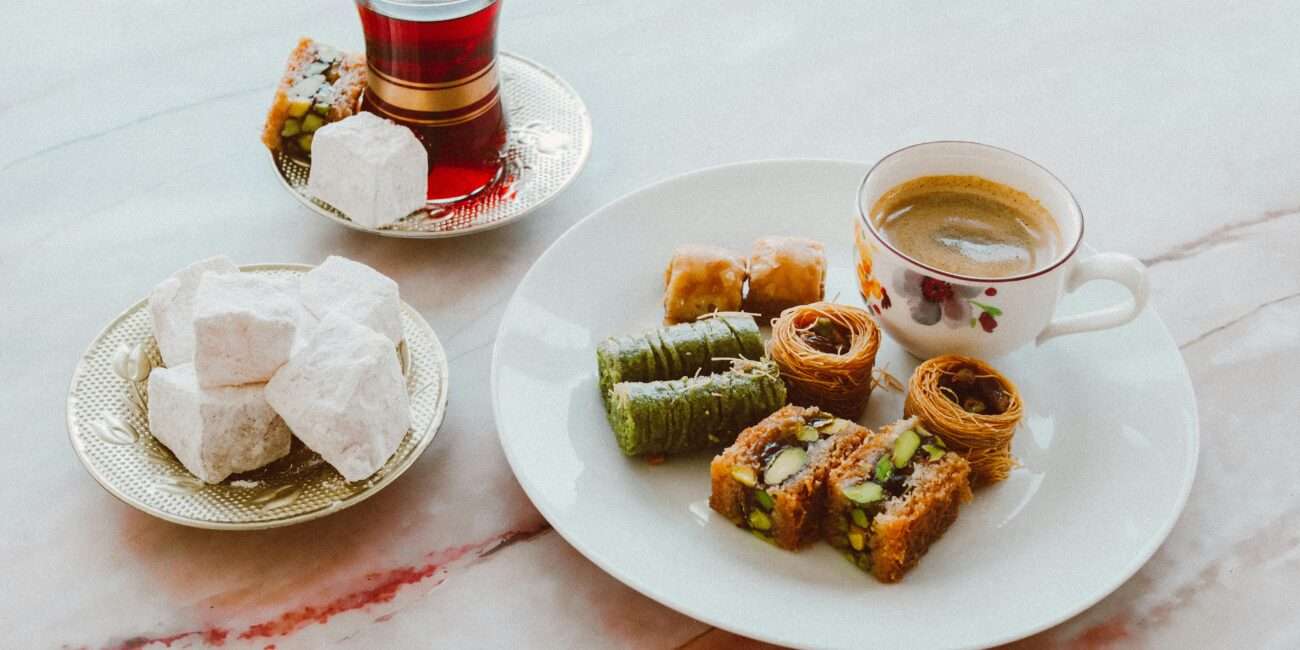Turkish desserts are a celebration of flavor, texture, and centuries-old tradition — and there’s so much more to discover beyond baklava. From the stretchy sweetness of künefe to the milky softness of sütlaç and the chewy delight of lokum (Turkish delight), Türkiye’s dessert culture is rich, diverse, and deeply regional. In this 2025 guide, we’ll take you on a delicious journey through the country’s most beloved sweets — with tips on where to try them and how they’re made.
1. Baklava: The Queen of Turkish Desserts
What is Baklava?
Baklava is a layered pastry made with thin sheets of phyllo dough, filled with chopped nuts (usually pistachios or walnuts), and soaked in sweet syrup or honey. Its flaky texture and sweet, nutty flavor make it a favorite treat during celebrations and special occasions.
History and Origin
Baklava’s history traces back to the Ottoman Empire, where royal chefs perfected this dessert. The recipe spread through the Mediterranean and Middle East, becoming a symbol of luxury and festivity.
Regional Variations
- Gaziantep Baklava: Famous for its quality pistachios and buttery layers.
- Şöbiyet: Baklava filled with cream and nuts.
- Sütlü Nuriye: A lighter, milk-based version with less syrup.
How to Eat Baklava
Baklava is best enjoyed fresh with Turkish tea or coffee, often in small portions due to its richness.

2. Künefe: The Melting Cheese Pastry
What is Künefe?
Künefe is a dessert made from shredded phyllo dough called kadayıf, layered with a special melting cheese, baked until golden and crispy, then soaked in syrup. It is served hot, often topped with pistachios.
Where to Try Künefe?
The city of Hatay is famous for its künefe, and you can find authentic versions in Istanbul and other major cities.
Taste and Texture
The combination of crispy dough and gooey cheese soaked in syrup creates a unique sweet-savory balance.
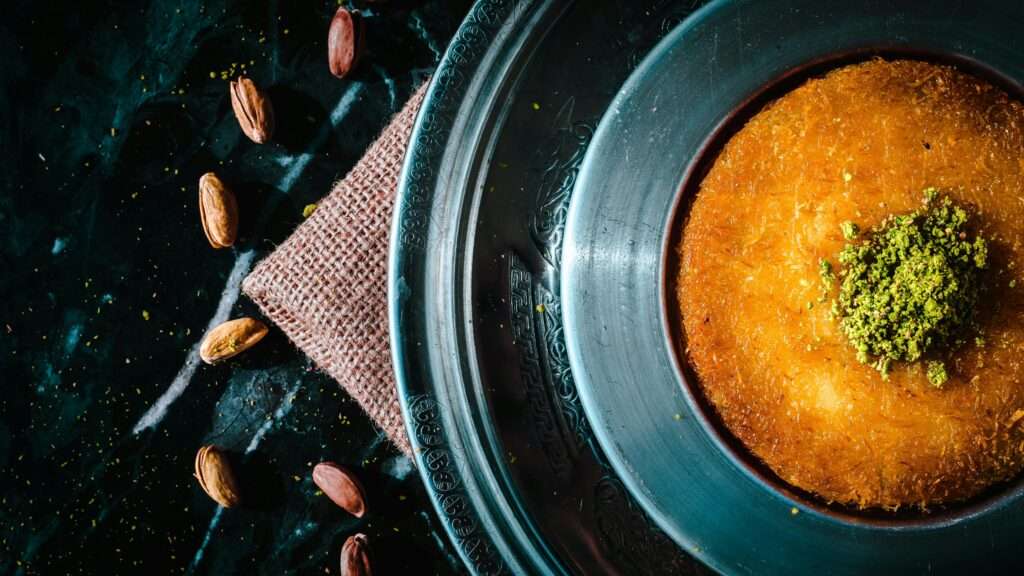
3. Lokum (Turkish Delight)
What is Lokum?
Lokum, or Turkish Delight, is a gel-like confection made from starch and sugar, often flavored with rosewater, lemon, or nuts like pistachios.
History
Dating back to the Ottoman era, lokum became a popular gift and treat served with Turkish coffee.
Varieties
- Plain rose-flavored lokum
- Nut-filled lokum with pistachios or hazelnuts
- Fruit-flavored lokum with pomegranate or orange
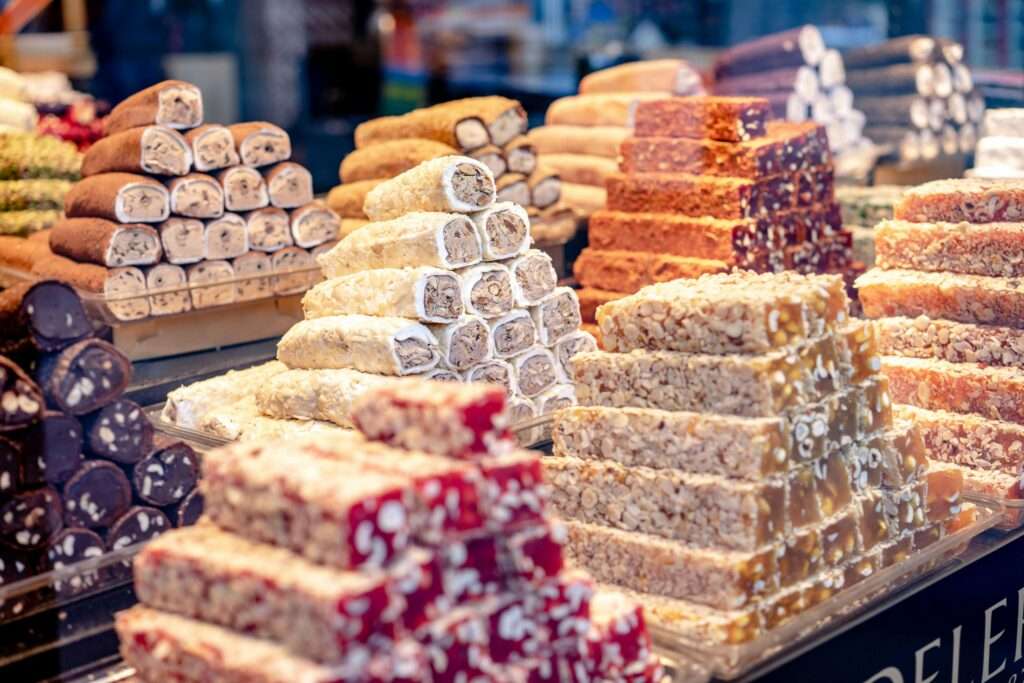
4. Sütlaç: Turkish Rice Pudding
What is Sütlaç?
Sütlaç is a creamy rice pudding flavored with vanilla and sometimes cinnamon or orange zest, baked or chilled.
Regional Styles
Sütlaç is a common home dessert and can vary from very creamy to lightly textured depending on the region.
Serving Tips
Often topped with ground cinnamon or crushed nuts, it’s a soothing and light dessert.
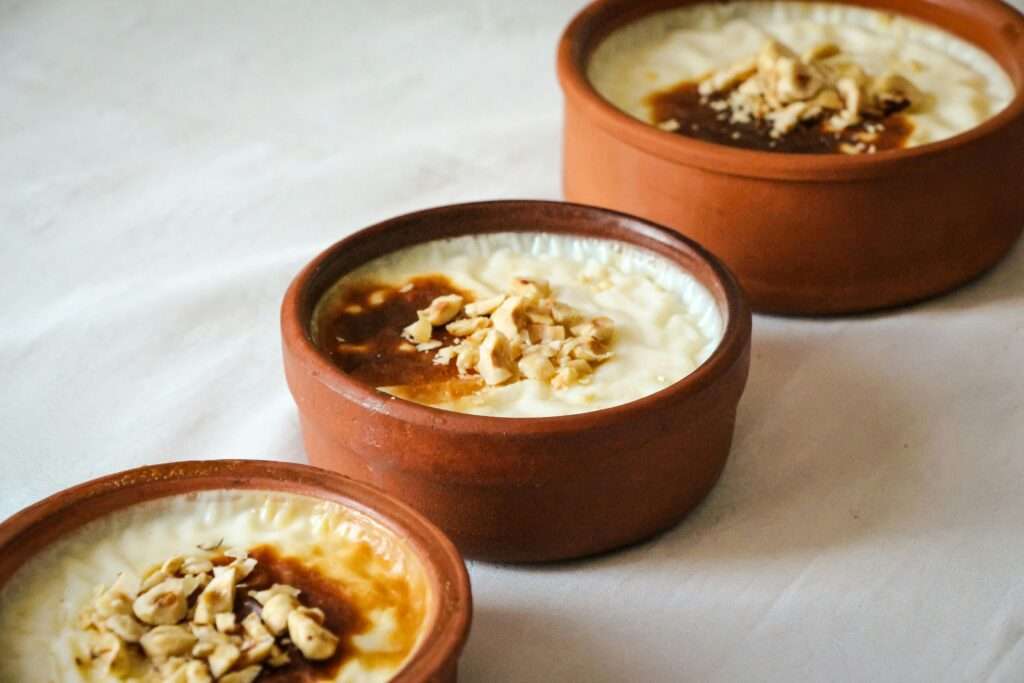
5. Aşure: The Noah’s Pudding
What is Aşure?
Aşure is a traditional Turkish dessert made from a mix of grains, nuts, dried fruits, and legumes. It has a symbolic meaning of sharing and community, traditionally prepared in large quantities during the month of Muharram.
Ingredients and Meaning
Common ingredients include wheat, beans, chickpeas, raisins, dried apricots, and pomegranate seeds. It represents diversity and abundance.
How to Enjoy
Aşure is served cold and is shared among neighbors and family as a gesture of goodwill.

6. Tavuk Göğsü: Chicken Breast Pudding
What is Tavuk Göğsü?
A surprising dessert, tavuk göğsü is a milk pudding thickened with shredded chicken breast, giving it a unique texture without a strong meat flavor.
Historical Context
This dessert has Ottoman origins and remains popular for its unusual and delicate taste.
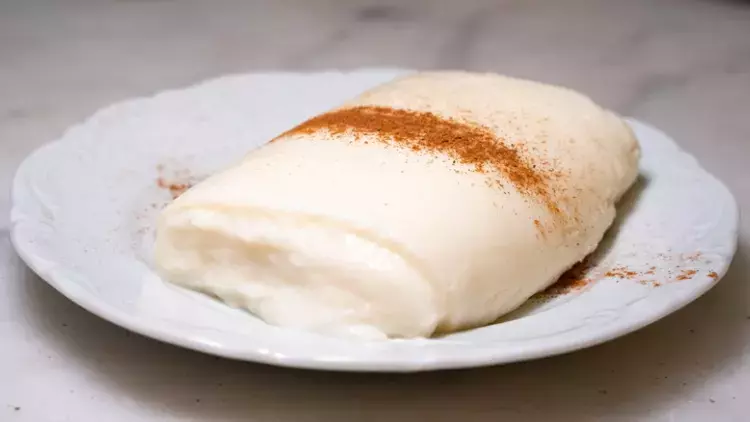
7. Revani: Semolina Cake
What is Revani?
Revani is a moist semolina cake soaked in lemon-flavored syrup, often garnished with coconut or pistachios.
How to Serve
It’s served chilled and is a common dessert in Turkish homes and restaurants.

8. Other Popular Turkish Sweets
- Helva: Made from sesame paste or flour and sugar, often served with coffee.
- Kazandibi: Caramelized milk pudding with a burnt bottom layer.
- Şekerpare: Soft semolina cookies soaked in syrup.
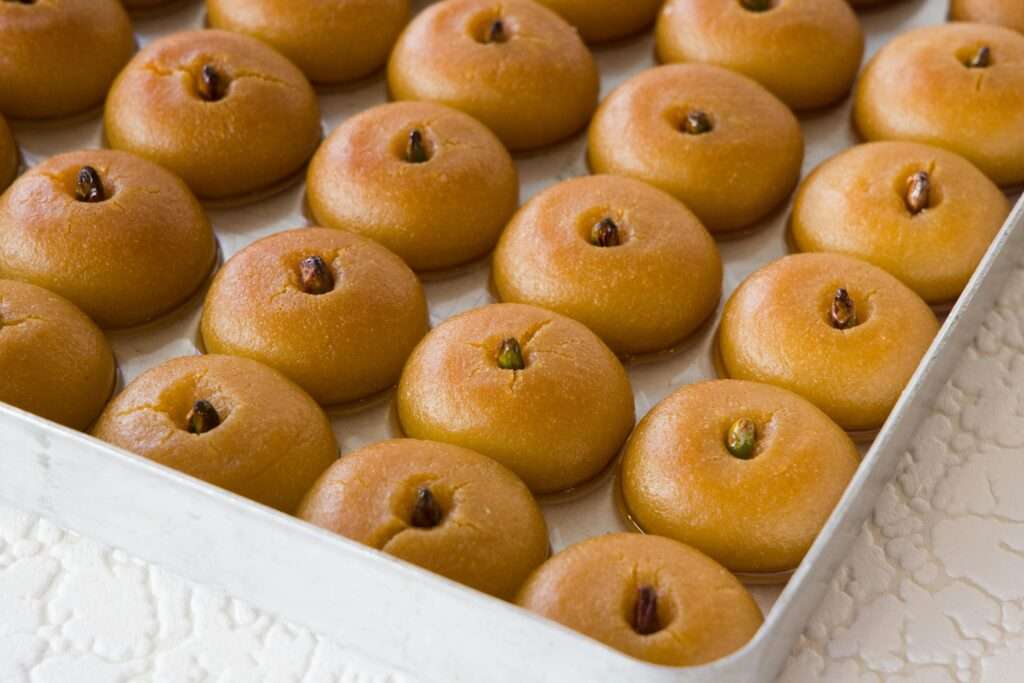
Where to Find the Best Turkish Desserts
- Istanbul’s historic dessert shops in Sultanahmet and Karaköy
- Gaziantep for authentic baklava
- Local markets and street vendors across Turkey
Making Turkish Desserts at Home
Many Turkish desserts can be made at home with simple ingredients, and recipes for baklava, sütlaç, and revani are popular choices for beginners.
Conclusion
Turkish desserts offer a rich tapestry of flavors and textures, from the flaky sweetness of baklava to the creamy warmth of sütlaç. Whether you enjoy them in Turkey or try making them at home, these treats reflect the country’s deep cultural heritage and passion for culinary arts.




